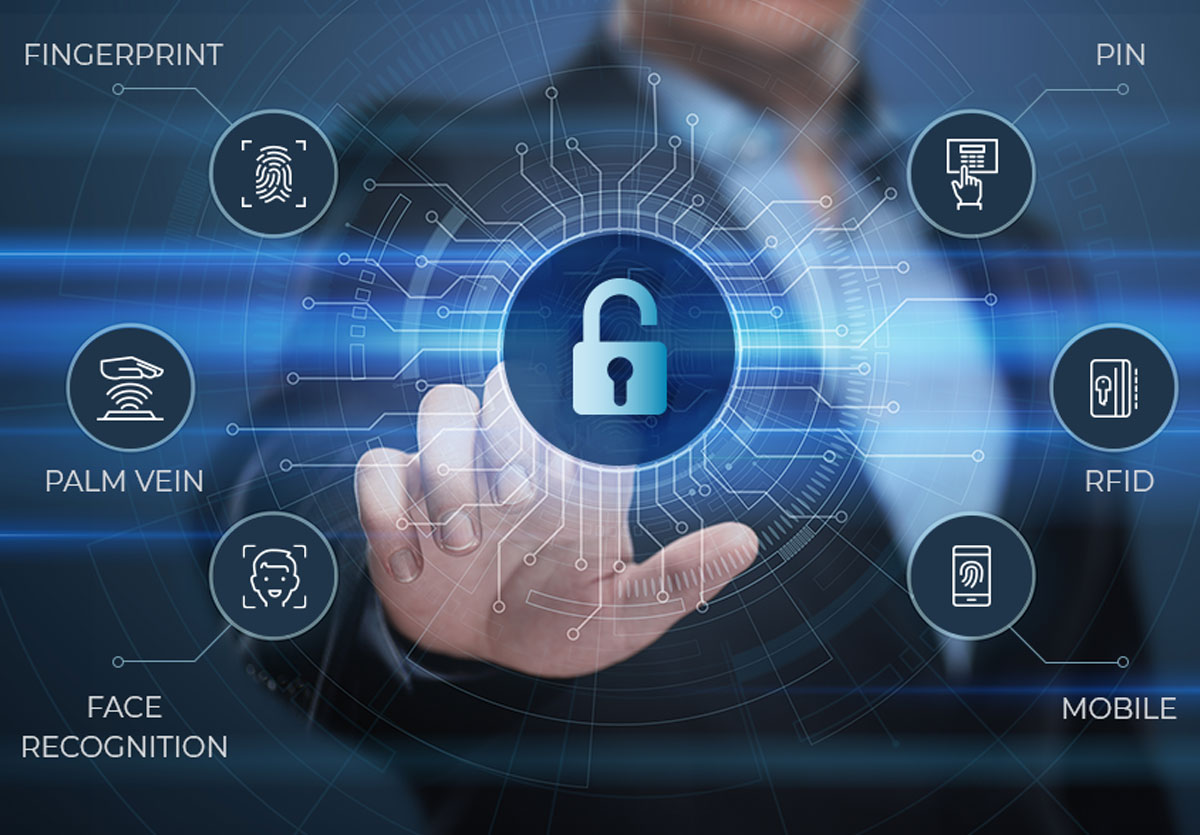Biometric technology refers to the identification and verification of individuals based on their unique physical or behavioral characteristics. It has become increasingly popular in various sectors due to its advantages over traditional security measures. Here are the key advantages and uses of biometrics:
Advantages of Biometrics
- Enhanced Security
- Uniqueness: Biometric traits such as fingerprints, iris patterns, and facial features are unique to each individual, making it difficult to duplicate or forge.
- Accuracy: Biometric systems offer high accuracy in identifying and verifying individuals, reducing the chances of unauthorized access.
- Convenience and Efficiency
- Speed: Biometric authentication is typically faster than traditional methods such as passwords or PINs, allowing for quick access.
- Ease of Use: Users do not need to remember complex passwords or carry identification cards, simplifying the authentication process.
- Non-Repudiation
- Accountability: Biometric systems provide a clear audit trail by linking actions to specific individuals, thereby enhancing accountability and non-repudiation.
- Reduction in Fraud
- Minimized Fraud: Biometrics reduce the risk of identity theft and fraud by ensuring that only the legitimate user can gain access.
- Scalability
- Adaptability: Biometric systems can be scaled to various sizes, from small office environments to large-scale governmental applications.
- Cost-Effectiveness
- Long-Term Savings: While the initial setup cost may be high, biometric systems can lead to long-term savings by reducing administrative costs associated with password resets and identity management.
Uses of Biometrics
- Access Control
- Physical Access: Biometrics are used to control entry to secure areas in buildings, such as offices, data centers, and restricted zones.
- Logical Access: They are also used for access to computer systems, networks, and applications.
- Financial Services
- Banking: Biometric authentication is used for secure banking transactions, ATM access, and mobile banking applications.
- Payment Systems: Mobile payment systems and credit cards increasingly incorporate biometrics for enhanced security.
- Healthcare
- Patient Identification: Biometrics are used to accurately identify patients and access their medical records, reducing the risk of errors.
- Staff Authentication: Ensures that only authorized medical staff can access sensitive areas and information.
- Law Enforcement and Public Safety
- Criminal Identification: Fingerprint and facial recognition systems are used for identifying suspects and criminals.
- Border Control: Biometric systems streamline the process of verifying the identities of travelers at borders and immigration checkpoints.
- Government and Public Services
- National ID Programs: Many countries use biometrics for national identification cards and voter registration to prevent identity fraud.
- Social Services: Ensures that benefits are delivered to the rightful recipients, reducing fraud.
- Workforce Management
- Time and Attendance: Biometric systems are used to track employee attendance and manage payroll efficiently.
- Employee Authentication: Ensures that only authorized personnel have access to certain areas or information.
- Consumer Electronics
- Smartphones and Laptops: Biometric authentication, such as fingerprint and facial recognition, is commonly used to unlock devices and authenticate users for various applications.
- Wearable Devices: Some wearables use biometrics for user authentication and health monitoring.
- Retail
- Point of Sale: Biometric systems can be used for secure and quick customer authentication at the point of sale.
- Loyalty Programs: Ensure that rewards and discounts are correctly attributed to the right customer.
- Education
- Student Identification: Biometrics are used for secure access to educational resources, attendance tracking, and examination authentication.
- Travel and Hospitality
- Airports: Biometric systems streamline passenger processing at check-in, security checkpoints, and boarding gates.
- Hotels: Enhance security and convenience for guests with biometric room access and personalized services.







 AMC / Tech Service
AMC / Tech Service IT Infrastructure
IT Infrastructure Telecommunication
Telecommunication Surveillance CCTV
Surveillance CCTV Access Control
Access Control Web & Marketing
Web & Marketing